How to Create and Restore (Windows 10) System Image to Different Computer
Are you looking for a complete guide to backup Windows 10 and restore system image to different computers? On this page, you'll learn how to create a system image in Windows 10/8/7 and restore it to a new computer without reinstallation.
So how to do so? Follow the complete guide here for help:
PAGE CONTENT:
- Preparations: Get Ready for System Transfer to Different PC
- Tutorial: How to Create and Restore System Image to a Different Computer
- Further Reading: Why Is Windows Backup and Restore Not Recommended
Can a Windows System Image Be Used on Another Computer
Is there any effective way to restore a system image to another computer just as easy as to restore a file image to a dissimilar computer? If a person is savvy about computers, he would definitely say "NO".
The reason is that the configuration settings on another computer may differ from your current PC. Also, the operating system requires the computer to include certain drivers, without which the computer won't boot successfully.
So can you create and restore a system image to a dissimilar computer? Yes! With the help of reliable Windows backup software, transferring OS to a new computer is possible.
Preparations: Get Ready for System Transfer to Different PC
You may want to know what exactly you'll need to get things ready for system migration to another different computer. Here below is a list for you to know and prepare for this task:
#1. Confirm New PC Support The Same Boot Mode as Old PC
#2. Download Windows Backup Software
#3. Prepare an External Hard Drive
Note that the listed tips are three key points that decide whether you can successfully create and restore a system image to a new computer. Follow to make everything ready now:
#1. Confirm New PC Support The Same Boot Mode as Old PC
The motherboard of your new computer must support the same boot mode as your source computer. You can follow to check the boot modes on both of your PCs:
Restart PC and hold F2/F8/Del to Enter BIOS > Go to the Boot Menu and Check the Boot Mode: Legacy or UEFI.
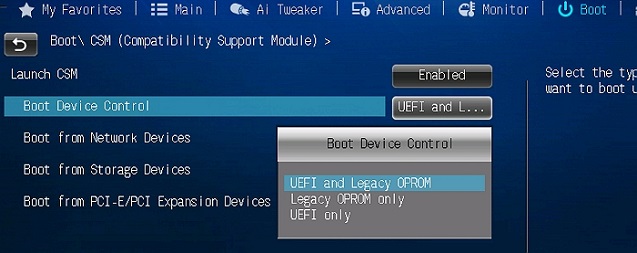
In a word, the BIOS boot mode in the new computer should be the same as your current PC:
- BIOS Mode: Legacy - BIOS Mode: Legacy
- BIOS Mode: UEFI - BIOS Mode: UEFI
IMPORTANT: If your computer is too old and it doesn't support the UEFI boot mode, you'll need to switch to a new computer. Most new computers support both Legacy and UEFI boot modes and you don't need to worry about it.
#2. Download Windows Backup Software
Professional system backup software - Qiling Backup can help. Its System Transfer feature can do the system backup and transfer task, making the Windows system bootable on the new computer by transferring necessary drivers together.
#3. Prepare an External Hard Drive
It's also important that you have a big enough external hard drive to save the Windows system image for transferring OS to a new computer. Here are the steps that you can follow to prepare the external hard drive:
Step 1. Prepare an empty external hard drive with enough space.
The capacity of the external hard drive must be bigger than the system C drive.
Step 2. Open Disk Management and create two partitions on your external hard drive.
The first partition is FAT32 and the second partition is NTFS (bigger than your system drive).

After making all things ready, you are good to go and follow the tutorial below to start creating and restoring system image like Windows 10 to your new computer now.
Tutorial: How to Create and Restore System Image to a Different Computer
Applies to: Transfer Windows 10/8/7, even Windows XP/Vista, to a new computer without reinstallation.
This part answers the question of "How do I create system image in Windows 10" and "How to restore a Windows 10 backup to another computer". Follow the tutorial guide here to make your current Windows system bootable on a different computer:
- #1. Backup Data
- #2. Create and Restore (Windows 10) System Image to a New Computer
- #3. Make Transferred System Bootable on New Computer
In the following, we'll take Windows 10 as an example to show you the complete process of backing up and transferring the system to another computer. Let's start!
#1. Backup or Copy Important Data from Target PC to External Hard Drive
As the system transferring process will rewrite everything on the system C drive, which will certainly cause data loss.
Therefore, if you have important data saved on your target computer system drive, we suggest you copy and save them to an external storage device as a backup in advance.
#2. Create and Restore (Windows 10) System Image to a New Computer
Now, you can apply Qiling Backup to create a bootable disk, create a system image, and restore the system image to another computer without limits.
Tutorial: Create and Restore Windows System Image to a Different Computer
Step 1. Create an Emergency Disk to USB
1. Connect an empty USB flash drive or external hard drive (with over than 100GB space) to your PC.
Note: Initialize the USB or external hard drive as MBR, and create two partitions: set the first partition as FAT32 and the second partition as NTFS.
2. Run Qiling Backup and click "Tools" > "Create bootable media".
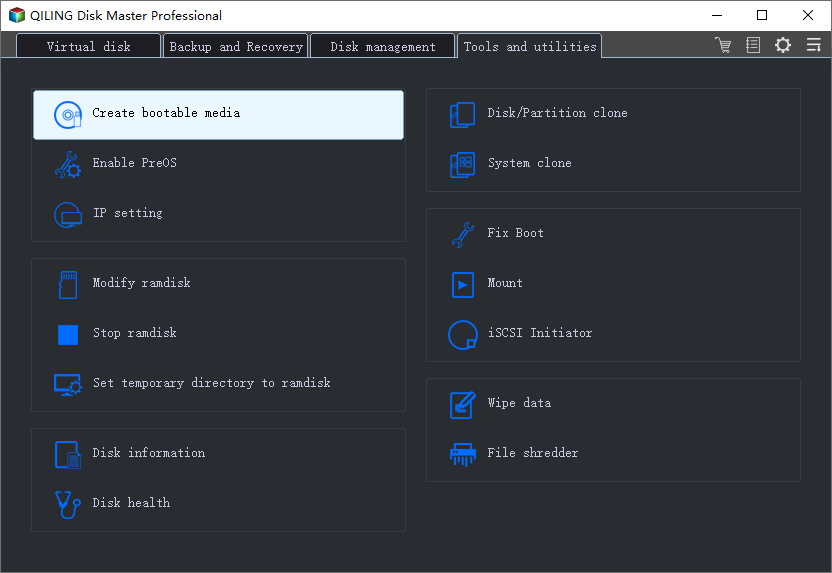
3. Choose USB as the disk location to create the emergency disk and click "Proceed".
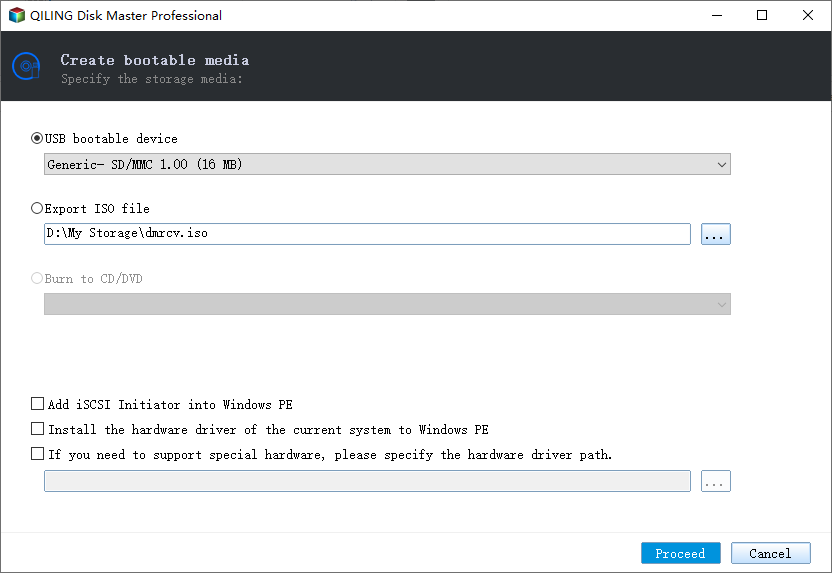
The bootable disk will help you boot computer and transfer system image to the new PC.
Step 2. Create System Backup Image on Source Computer
1. Click "System Backup" on the top pane and Windows OS will be selected by default.
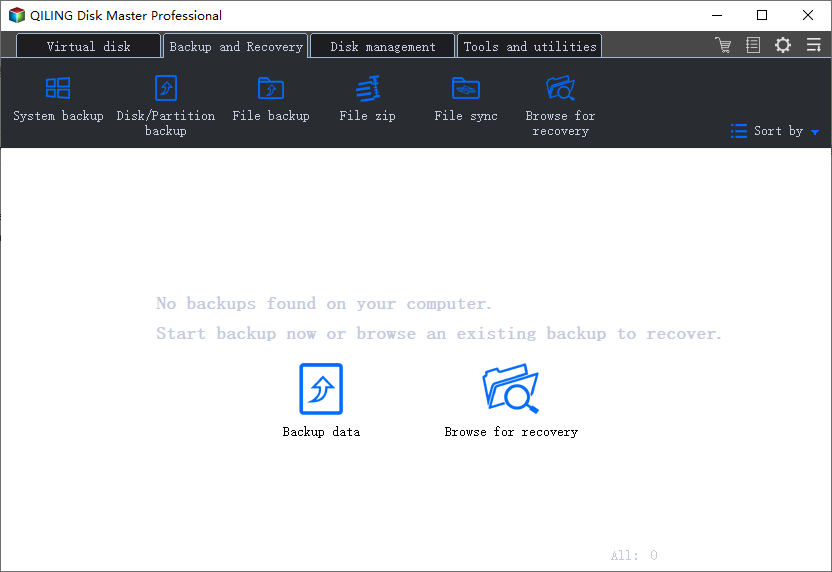
2. Click Browse icon and specify the second partition of the USB drive which contains the emergency disk to save system image.
You may also save system backup image to another empty external disk (which must be equal or bigger than the system C drive).
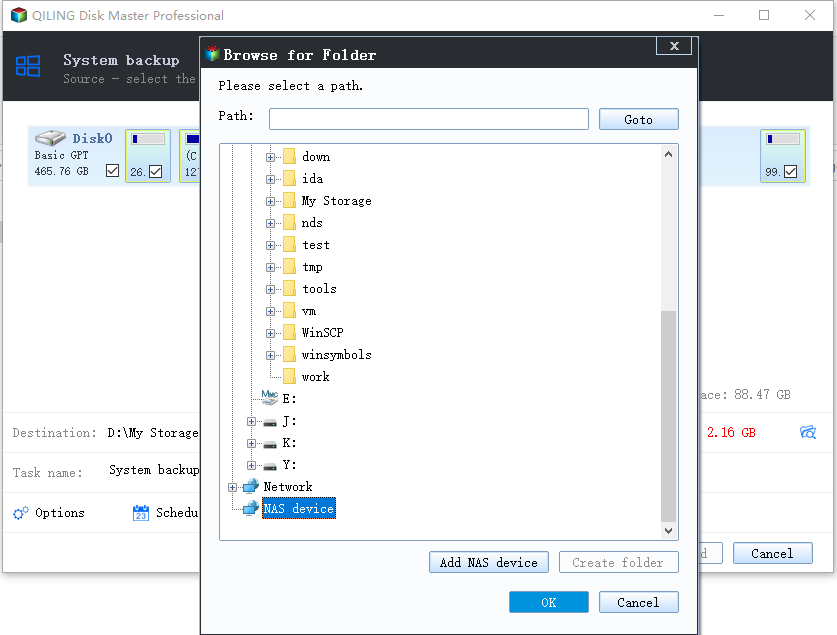
3. Click "Proceed" to start creating a system backup image to the target device.
Step 3. Boot Target Computer from Qiling Backup Emergency Disk
1. Eject Qiling emergency disk and system backup image USB and connect it to the new computer.
2. Restart PC and press "F2/F8" to boot into BIOS.
3. Go to the boot menu and set the computer to boot from the Qiling Backup emergency disk.
If you want to restore the system image to a GPT disk, you need to change the boot mode to EUFI in BIOS. Then your computer will enter Qiling Backup main interface.
Step 4. Transfer System to the New Computer
Note: Restoring system image to the new computer will erase the data on the target disk. Remember to back up the files in advance or use an empty disk to restore the system image to avoid data loss.
1. On Qiling Backup main interface, click "Browser to Recover" to start.

2. Select the system image on your USB external drive and click "OK" to continue.
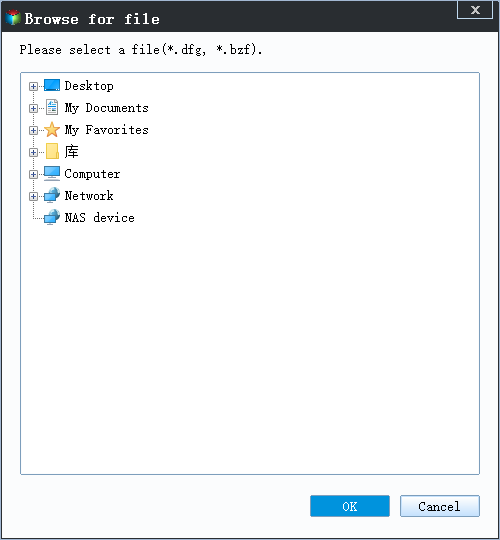
3. Specify the disk to restore system image and tick "Universal Restore" option.
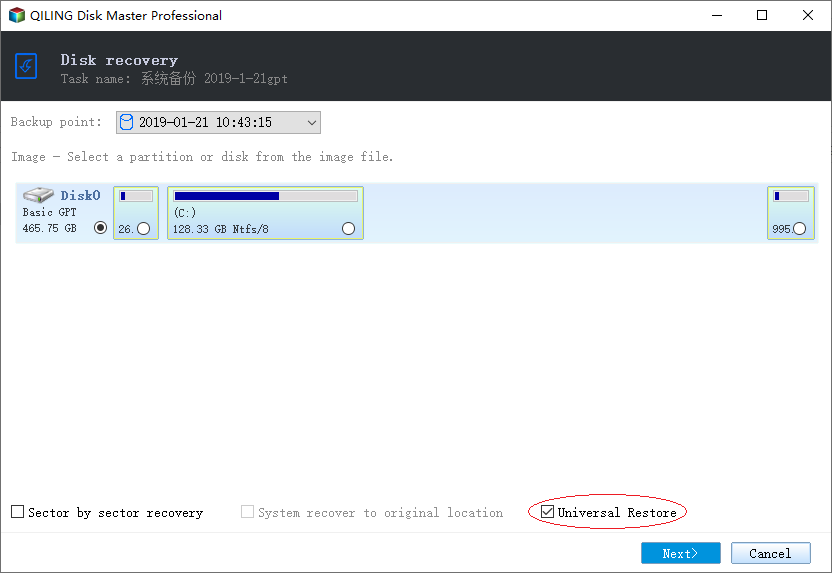
4. Select the destination disk and click "Next" to continue.
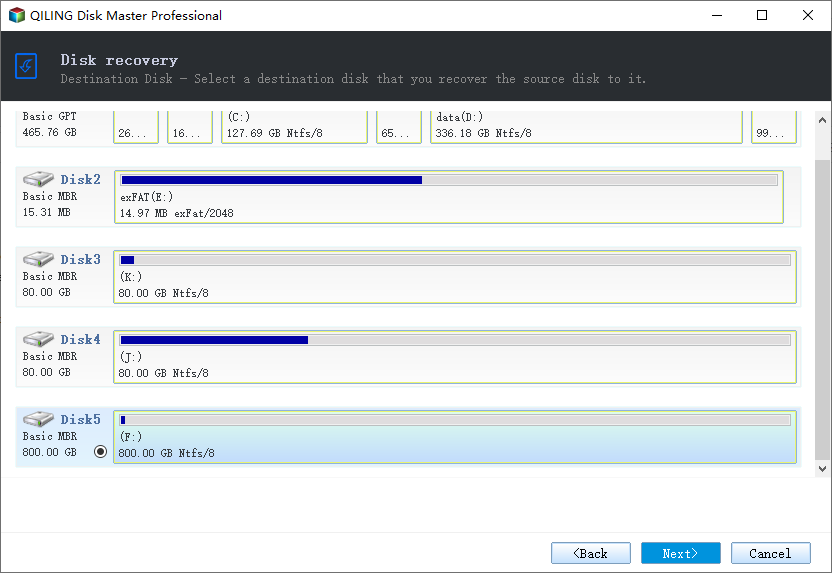
5. Click "Proceed".
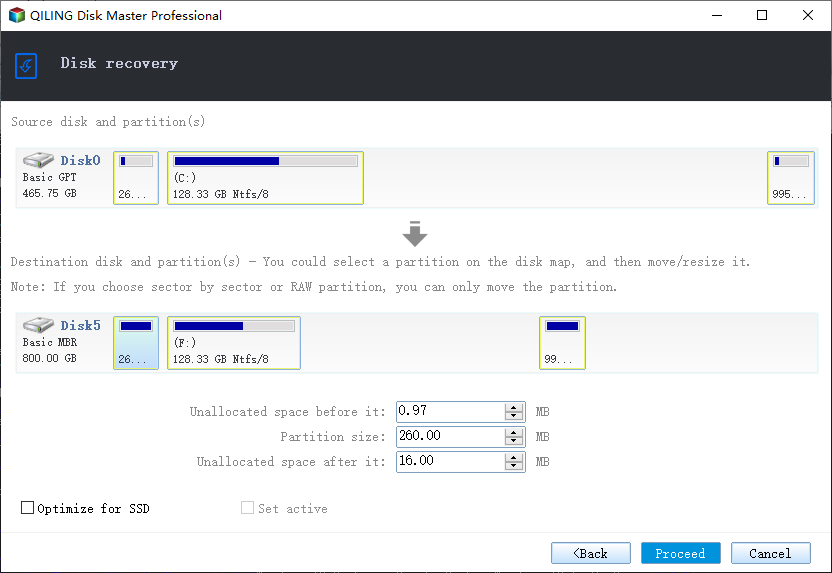
Step 5. Restart PC with transferred system
1. Enter BIOS and set computer to boot up from the drive with the transferred system.
2. Save all changes and restart your computer.
3. Update all drive drivers and programs to ensure all things will work just fine on the new computer.
#3. Make Transferred System Bootable on New Computer
When Qiling Backup completes the system transferring process, you have one last step to go. It is to configure the BIOS boot mode on your computer as the same as your old PC:
Step 1. Restart PC and press F2/F8/Del to enter BIOS.
Step 2. Go to the Boot menu and find BIOS Mode.
Step 3. Switch the boot mode as the same as it was on your old PC - Legacy or UEFI.
Step 4. Save the changes and exit to boot your computer.
Wait patiently and you'll see that your computer will boot up smoothly with the same operating system on your old PC.
For Your Information
Qiling Backup only transfer your OS. To activate Windows, you'll need a new activation key.
Further Reading: Why Is Windows Backup and Restore Not Recommended
According to some Windows professionals, they prefer to create system image via Windows Backup and Restore feature. But why is Windows Backup and Restore not recommended here?
Windows Backup and Restore vs. Qiling Backup
Here is a comparison table that you may interest in and you will figure out whyQiling Backup exceeds Windows Backup and Restore:
| Comparison | Qiling Backup | Windows Backup and Restore |
|---|---|---|
| File Backup | Y | Y |
| System Backup | Y | Y |
| System Transfer (To a New Computer) | Y | Y |
Due to the limit of Windows Backup and Restore, Windows 10/8/7 users can only use it to backup and restore the system or files on the current PC. It doesn't work to back up and transfer the system to a new computer.
If you want to create a Windows image via Windows Backup and Restore, refer to Backup Windows 10 to USB for help.
If you are a Windows beginner and prefer a feasible solution to backup Windows and transfer system, Qiling Backup can be your best shot.
The Bottom Line
This page answers the questions of all Windows users about "How to use Windows image on a different computer" or "How to create and restore system image to a new computer".
To do so, you'll need a reliable Windows backup software like Qiling Backup to create a Windows system image first. Then save the system image to an external hard drive.
Last, you'll need to restore the system image to your new computer and set the computer bootable by configuring the BIOS mode.
Related Articles
- Windows recovery & backup software to recover your files or folders
- How to Clone Windows 10/8/7 to Another Computer
- How to restore SQL Server 2008 database to SQL Server 2005
- Clone Hard Drive with Paid/Free Cloning Software Windows 10
- Download System Clone Software to Clone OS in 2 Procedures